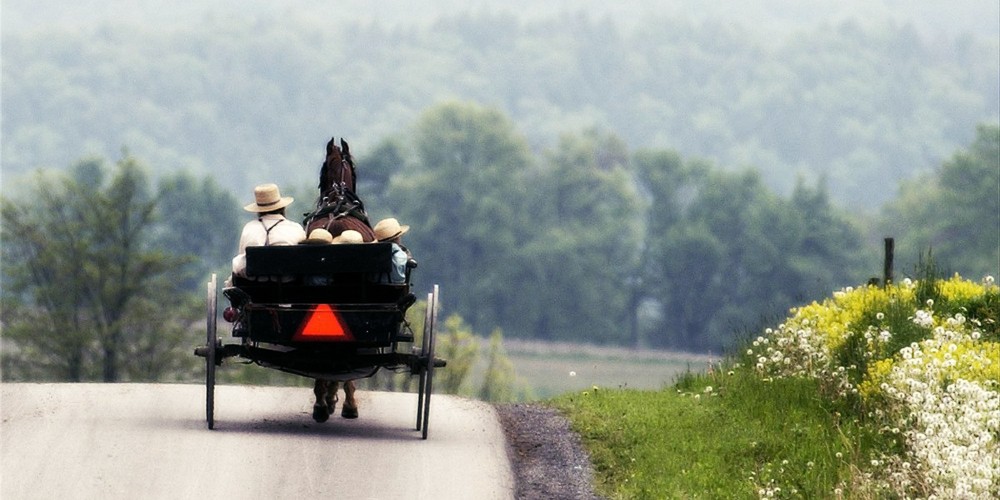Editor’s Commentary: When a headline crossed my desk yesterday afternoon, I did a doubletake. It wasn’t just that a corporate news site had mentioned the Amish in regards to Covid-19, but it was also a reminder that they haven’t been in the news for quite some time.
Lest we forget, every major news outlet in the nation went to Amish country at one point or another in 2020 when they were denying lockdowns, then again in 2021 when they were denying the so-called vaccines. Dire predictions of the imminent death of most of their population hit twice. Then, in 2022, they fell off the map. Why? Because they didn’t just survive. They thrived.
Fast forward to today and it was shocking to me that a corporate news site even mentioned them. Once I got into the article, I realized it wasn’t really a corporate news site but an independent site mimicking corporate news sites. Figures. As far as corporate media is concerned, the Amish no longer exist because they represent one of the biggest narrative-busters throughout Pandemic Panic Theater.
It’s important that we continue to highlight the Amish and their experience because we can and should expect another round of Pandemic Panic Theater in the future. The powers-that-be got a taste of what most people are willing to give up in order to maintain a perception of safety, so with it’s next week, next month, or next year, they’re going to try to do something to us again. With that said, here’s the news wire report…
Amish Communities Thrived Amidst Covid, Challenging Mainstream Measures
In a stark departure from the rest of America, Amish communities chose a different path during the COVID-19 pandemic, opting to reject vaccines and forgo mask-wearing while continuing with their daily routines unaffected.
Initially, the Centers for Disease Control and Prevention (CDC) and mainstream media predicted dire consequences for the Amish population due to COVID-19. However, the reality unfolded quite differently, exposing the fallacies of the prevailing narrative and rendering the entire range of COVID-19 interventions unnecessary.
The remarkable story of the Amish’s resilience in the face of the pandemic has largely been overlooked by the mainstream media, as it challenges the established notions. Contrary to the hardships endured by mainstream America, with lockdowns, school closures, and mask-related controversies, the Amish had returned to normalcy as early as May 2020. Yes, you read that correctly.
Surprisingly, the Amish managed to achieve herd immunity even before vaccines were made widely available. With an estimated 90% of their population already infected in 2020, there was little incentive for them to take vaccines, even if they were effective and safe. It appeared illogical and counterproductive for them to receive a vaccine when they had already acquired natural immunity. However, in the United States, individuals were encouraged to get vaccinated irrespective of previous infections, leading to severe consequences for those who chose otherwise.
So, how did the Amish achieve herd immunity at such an accelerated pace? Their approach was in direct contrast to the CDC’s recommendations. They refrained from consuming mainstream media, continued their regular lives, prioritized exposure to sunlight (vitamin D), and ensured adequate intake of zinc. Furthermore, they employed treatments like ivermectin when illness struck.
The Amish community feels it is essential to expose the deception that has taken place. They urge everyone to consider the following: even after more than three years have passed, it remains exceedingly difficult to find more than a small number of Amish individuals who succumbed to COVID-19.
It is crucial to acknowledge that the experience of the Amish communities during the pandemic presents an alternative perspective that warrants further exploration and consideration. Their unique approach challenges the mainstream strategies implemented throughout the country and prompts us to question the effectiveness and necessity of certain interventions.



